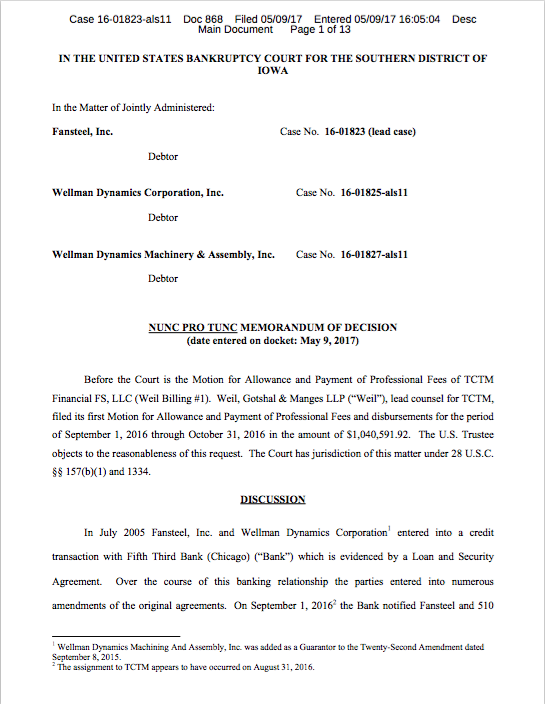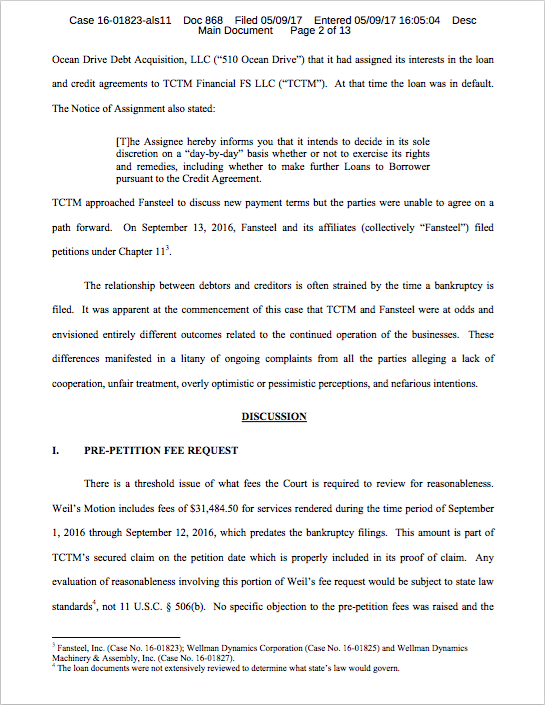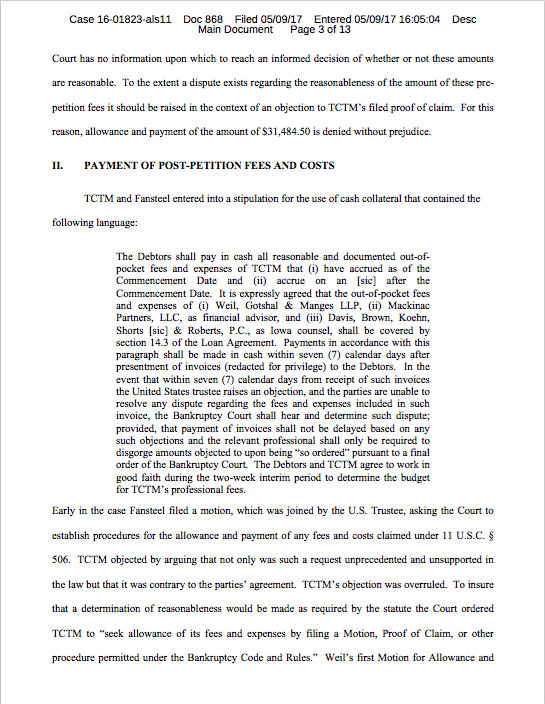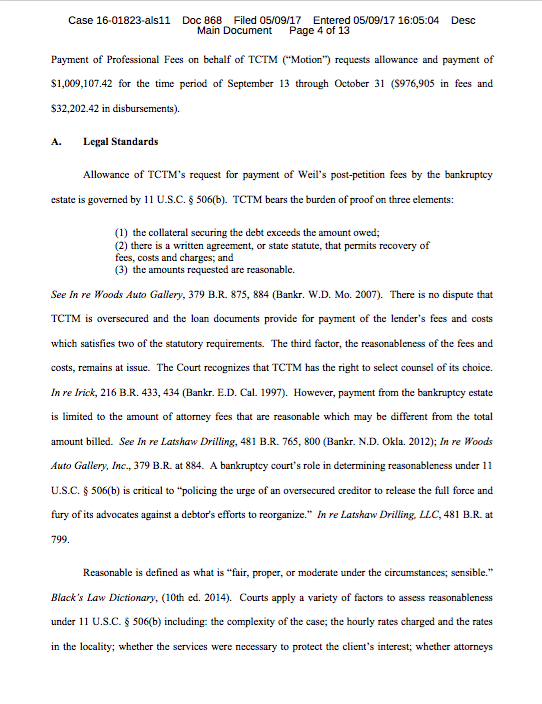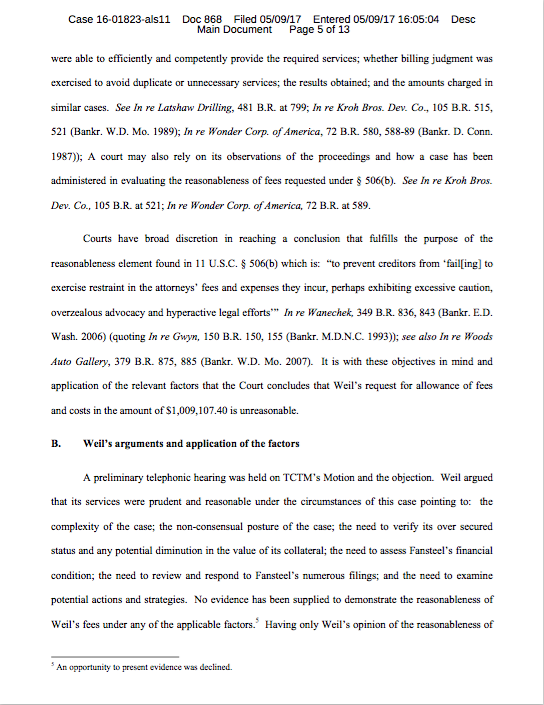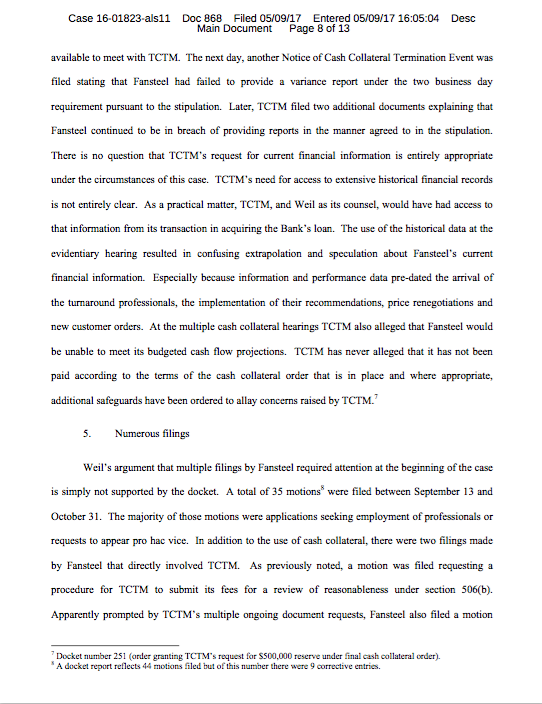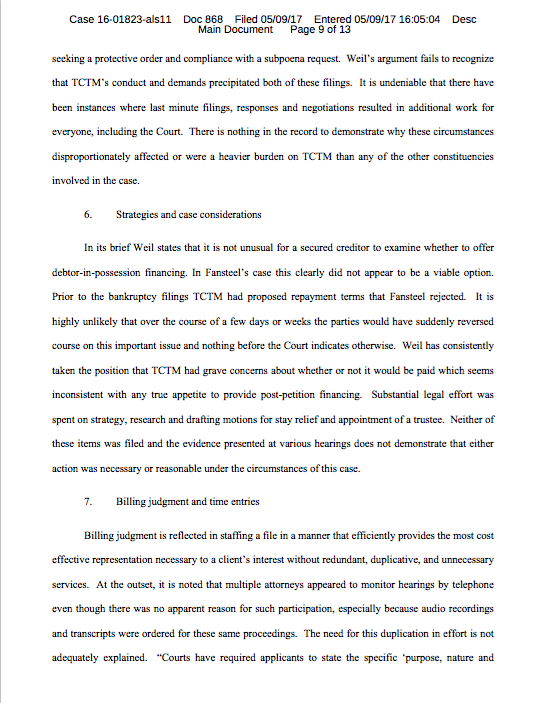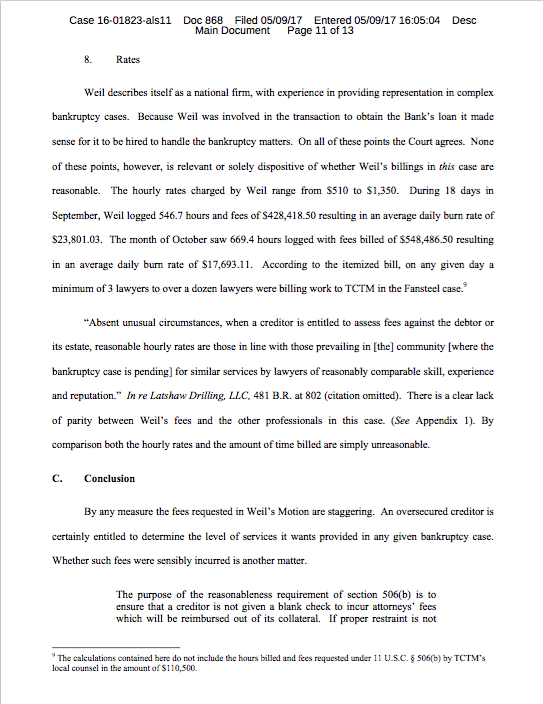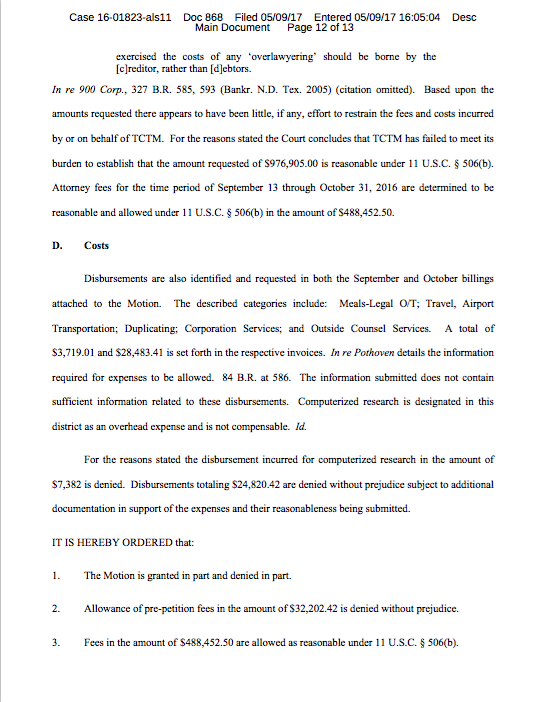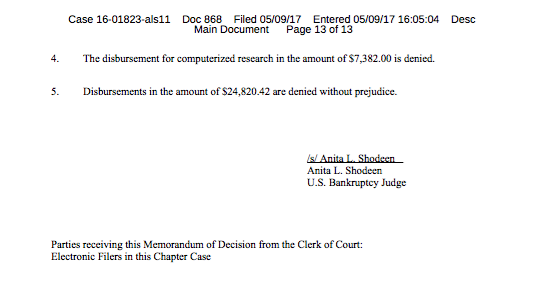Per NPR:
The U.S. birthrate fell again in 2018, to 3,788,235 births — representing a 2% drop from 2017. It's the lowest number of births in 32 years, according to a new federal report. The numbers also sank the U.S. fertility rate to a record low.
Not since 1986 has the U.S. seen so few babies born. And it's an ongoing slump: 2018 was the fourth consecutive year of birth declines, according to the provisional birthrate report from the Centers for Disease Control and Prevention.
Birthrates fell for nearly all racial and age groups, with only slight gains for women in their late 30s and early 40s, the CDC says.
These statistics must really suck for any business that generates revenue off of the maternity cohort.
Enter Destination Maternity Corporation ($DEST), a retailer of maternity apparel with a nationwide chain of specialty stores. As of May 4, 2019, the Moorestown New Jersey company had 998 retail locations, including 452 stores in the US, Canada and Puerto Rico, and an additional 546 leased departments located within department stores (eg., Macy’s, Boscov’s) throughout the US and Canada. It has also been kicking around on distressed retail lists for quite some time now. Unfortunately, the business keeps deteriorating: last week the company joined a recent retail wave and reported some truly dogsh*t numbers.
The company reported Q1 ‘19 results that included (i) $94.2mm in sales, a $9mm YOY decrease (-8.7%), (ii) a 5.2% comp store sales decline, (iii) an 12.5% e-commerce sales decline, (iv) increased inventory (+$5.7mm), and (v) increased debt levels and interest expense (up ~$300K). Sales declines permeated throughout the enterprise, including leased department store sales. The only uptick in sales was in wholesale, which is primarily done through Amazon Inc. ($AMZN). On the plus side, the company enjoyed increased gross margin and meaningfully decreased SG&A (down 6.5%). Gross margin increased due to a pullback in promotional activity; nevertheless, gross profit declined by 6.9% due to the overall decrease in sales. As for SG&A, the reduction is attributable to employees getting the shaft and the company shedding leases like its 2019. Indeed, the company cut 32 stores and 88 leased department locations in the twelve month period. While the company wouldn’t articulate its portfolio strategy going forward, the company did expressly state that it expects additional store closures through the end of 2019.
So, what’s the debt look like? Well, for starters, this is a public company and so we don’t have a private equity sponsor strangling the company with too much debt, dividend recapitalizations, management fees and any of that other fun stuff. So, here, the company doesn’t have a patsy to blame for its woeful performance. Only itself and its revolving door of management teams.
The company’s capital structure looks like this:
$50mm ‘23 Revolving Credit Facility (of which $26.2mm is funded and $6.297mm is outstanding as letters of credit)(Agent: Wells Fargo Bank NA). The company has $10.1mm of availability pursuant to its borrowing base limitation. In other words, the company’s lenders are increasingly minimizing their exposure by limiting the company’s ability to borrow the full extent of the committed facility. Indeed, the facility was, in connection with a 2018 amend and extend exercise, ratcheted down from $70mm. The lenders aren’t fooling around here. The weighted interest rate is 4.53%.
$25mm ‘23 Term Loan Facility (Agent: Pathlight Capital LLC). The interest rate is LIBOR plus 9%.
The company has a couple of other financing agreements totaling approximately $4mm.





